 Journey to Japanese Mastery
Journey to Japanese Mastery Reading #1 Songkran
Reading #1 Songkran is a bilingual reading passage that explores the origin, traditions, and fun of Thailand’s New Year festival in both Japanese and English.
 Journey to Japanese Mastery
Journey to Japanese Mastery  Language Teaching Tips
Language Teaching Tips 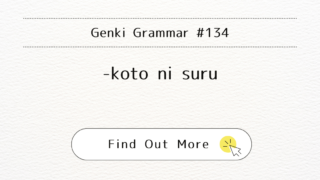 Journey to Japanese Mastery
Journey to Japanese Mastery 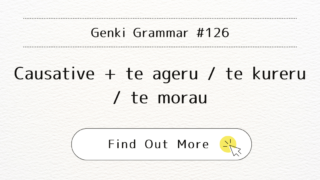 Journey to Japanese Mastery
Journey to Japanese Mastery 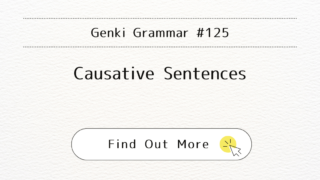 Journey to Japanese Mastery
Journey to Japanese Mastery 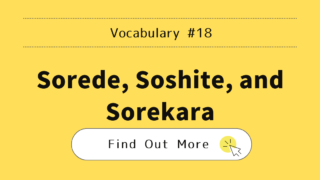 Journey to Japanese Mastery
Journey to Japanese Mastery 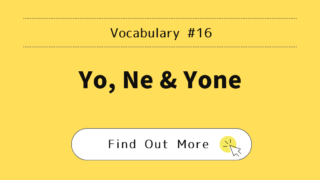 Journey to Japanese Mastery
Journey to Japanese Mastery 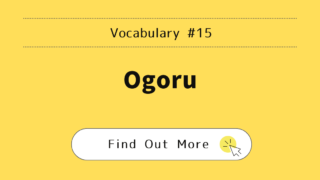 Vocabulary
Vocabulary 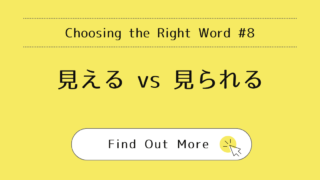 Journey to Japanese Mastery
Journey to Japanese Mastery 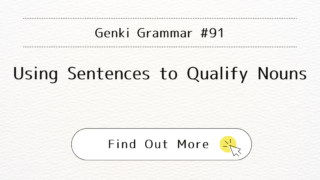 Journey to Japanese Mastery
Journey to Japanese Mastery